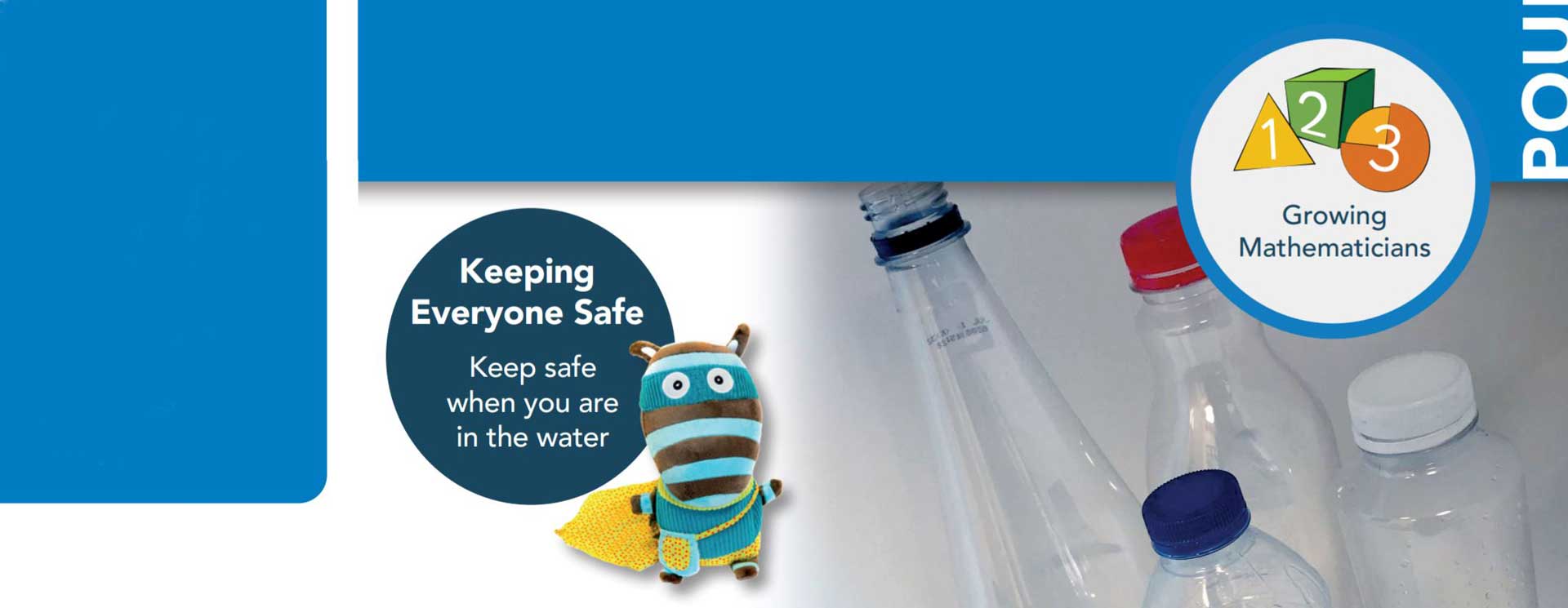Pour and Fill

Turning a normal everyday activity into an opportunity for learning with easily accessible materials.
You will need:
• Different size plastic bottles
• Plastic funnels
• Jugs
Topics to talk about:
"Should we fill the bottle to the top?"
"Is it nearly full?"
"How many little bottles of water does it take to fill this big bottle?"
"Shall we fill it half full?"
• You can add some stretch and challenge by marking up quantities with a permanent marker pen or coloured waterproof tape. For example, marking up 250ml on a 500ml bottle, and marking up 50ml units on a 200ml bottle.
• If you have 2 different shaped bottles that hold the same amount, ask your child which one they think will hold the most water. Help them test it out to see what happens.
How this develops early mathematical learning:
Playing with water in this way helps children explore capacity and volume. Talking with your child as they fill up bottles helps them develop understanding of mathematical terms associated with capacity and volume in ways that are meaningful.
Exploring how the volume of water stays the same regardless of the size or shape of a container is an important mathematical concept to develop.
Children are likely to think that a tall narrow bottle contains more liquid than an equal amount in a short fat bottle. Through playing with water and different shaped containers that hold the same amount, children will begin to explore conservation of volume.
TOP TIP - You can also use rubber bands as quantity markers on the bottles, use different colours to aid volume association.





